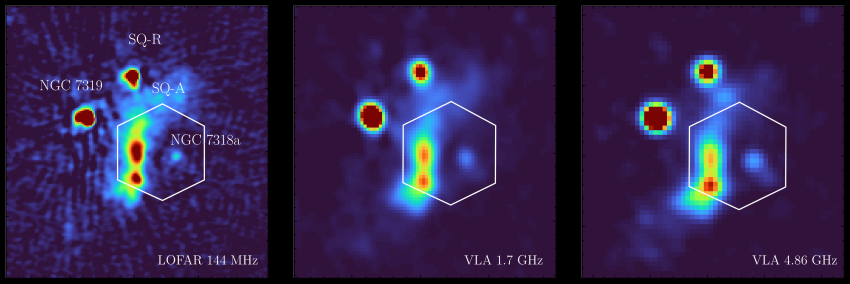NASA has revealed stunning new photos captured by the James Webb Space Telescope, showcasing galaxies filled with stars and even evidence of supermassive black holes. This release comes nearly two years after the arrival of the first images captured by Webb and just over two months after the European counterpart released images from its own groundbreaking telescope. The collection of 19 images portrays spiraling galaxies in near- and mid-infrared light, demonstrating Webb’s remarkable capabilities in uncovering distant enigmas of the universe. Janice Lee, a project scientist for strategic initiatives at the Space Telescope Science Institute in Baltimore, described the images as “mind-blowing, even for researchers who have studied these same galaxies for decades.”
“Webb’s new images are extraordinary,” Lee said. “Bubbles and filaments are resolved down to the smallest scales ever observed, and tell a story about the star formation cycle.”
Astronomers have had the ability to observe nearby spiral galaxies for decades, but this is the first time images of them have been publicly presented by NASA. Webb’s high-resolution images, captured with a NIRCam, depict millions of stars, some scattered throughout the spiral arms while others are tightly clumped together in star clusters. The images also reveal glowing dust around and between stars, showcased in shades of orange and red, captured by the telescope’s MIRI (Mid-Infrared Instrument). Additionally, the MIRI spotlights stars appearing bright red that are still in the process of formation, encased in gas and dust that aid in their growth, according to NASA.
“These are where we can find the newest, most massive stars in the galaxies,” said Erik Rosolowsky, a professor of physics at the University of Alberta in Edmonton, Canada. The images also indicate galaxy cores displaying pink-and-red diffraction spikes, suggesting the possible presence of central active supermassive black holes.
The spiral galaxies images are Webb’s initial contributions to the Physics at High Angular resolution in Nearby GalaxieS (PHANGS) program, supported by over 150 astronomers worldwide. By studying these structures, astronomers aim to gain new insights into the formation of stars within galaxies. Teams of researchers are currently analyzing the images to uncover the origins of these intricate structures, which should help humanity better understand star formation and the evolution of spiral galaxies, according to NASA. Webb’s powerful observatory has enabled astronomers to make a range of cosmic discoveries since its launch in 2021, including offering stunning views and new insights into our solar system’s planets, galaxies, stars, and other previously unexplored parts of the universe. This includes discoveries relating to ancient ghost galaxies and strangely synchronized orbiting planets, as well as important insights into exoplanets and black holes. Last year, Webb’s data enabled researchers to learn more about star-orbiting exoplanets outside our solar system and make progress in the search for exoplanets similar to Earth. They were also able to uncover evidence of a possible ocean world larger than Earth with conditions that could support life. In addition, the telescope has provided valuable insights into enigmatic black holes, including the identification of the oldest black hole ever discovered.
Eric Lagatta covers breaking and trending news for USA TODAY. Reach him at elagatta@gannett.com
NASA showcases Webb telescope images of galaxies, stars, and black holes: Check out the photos












